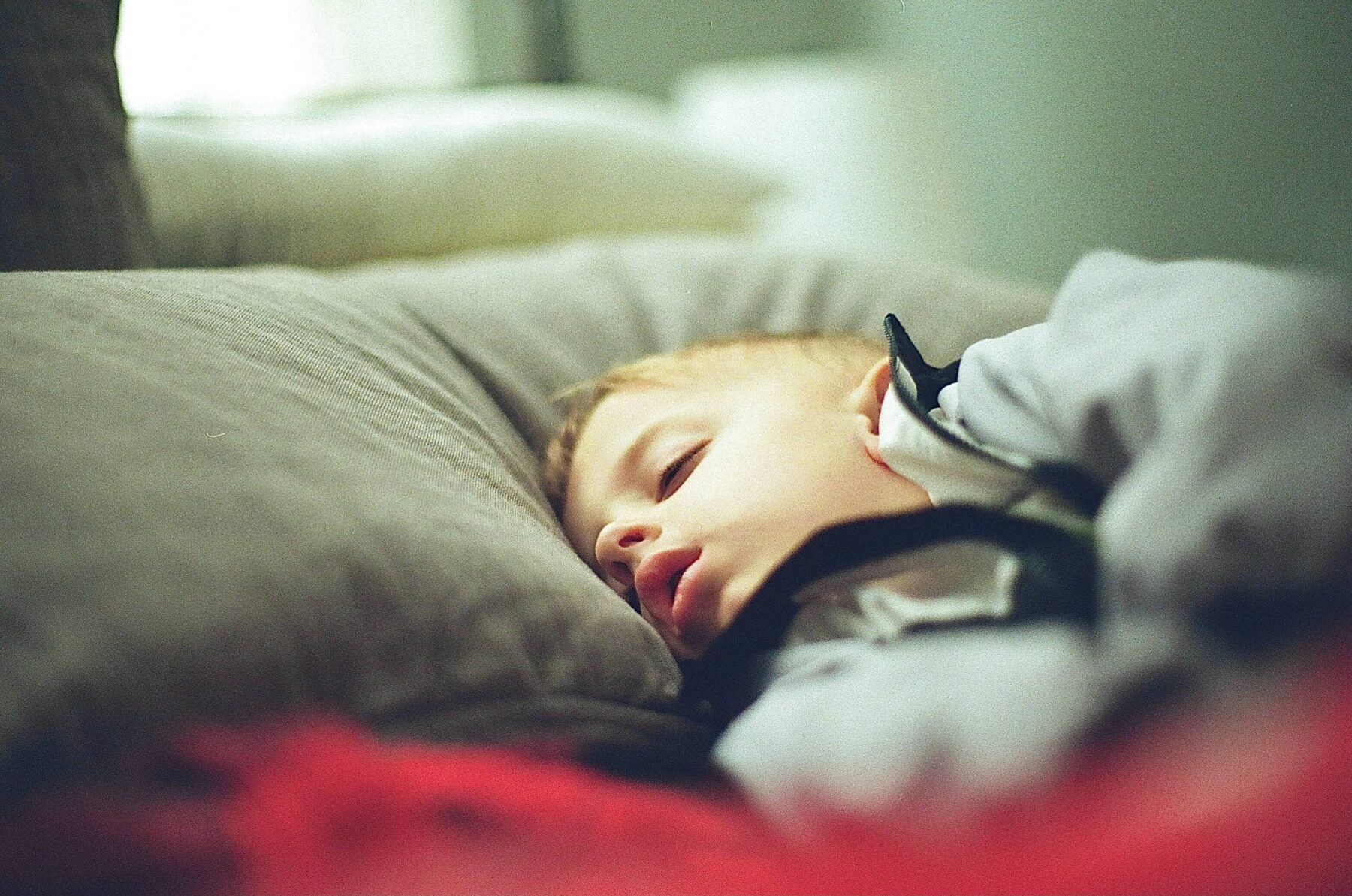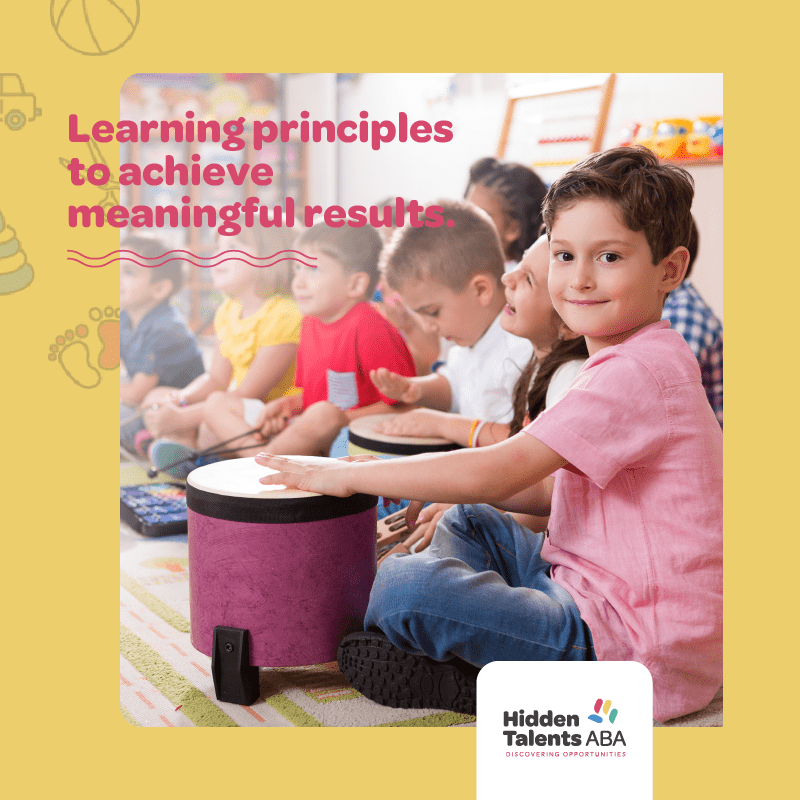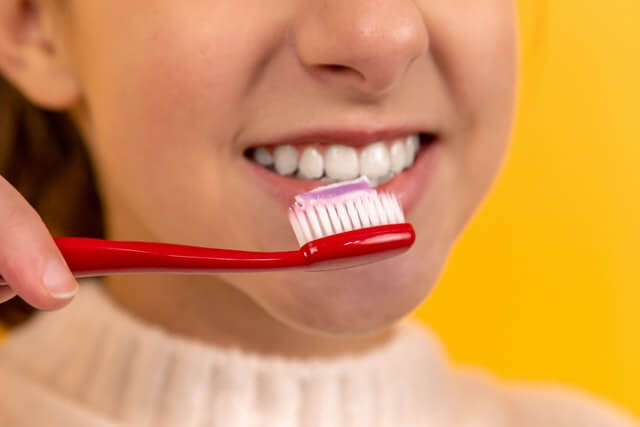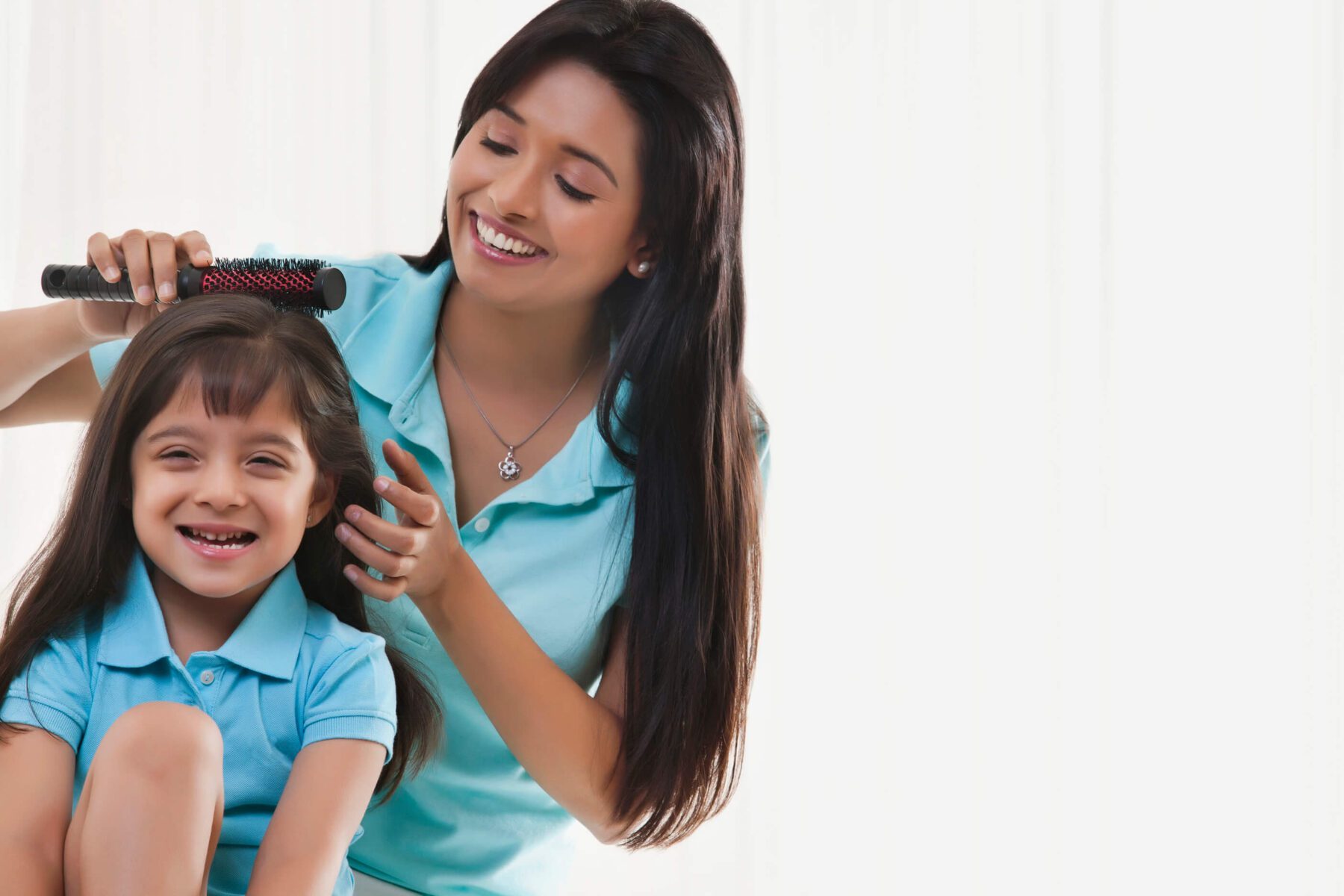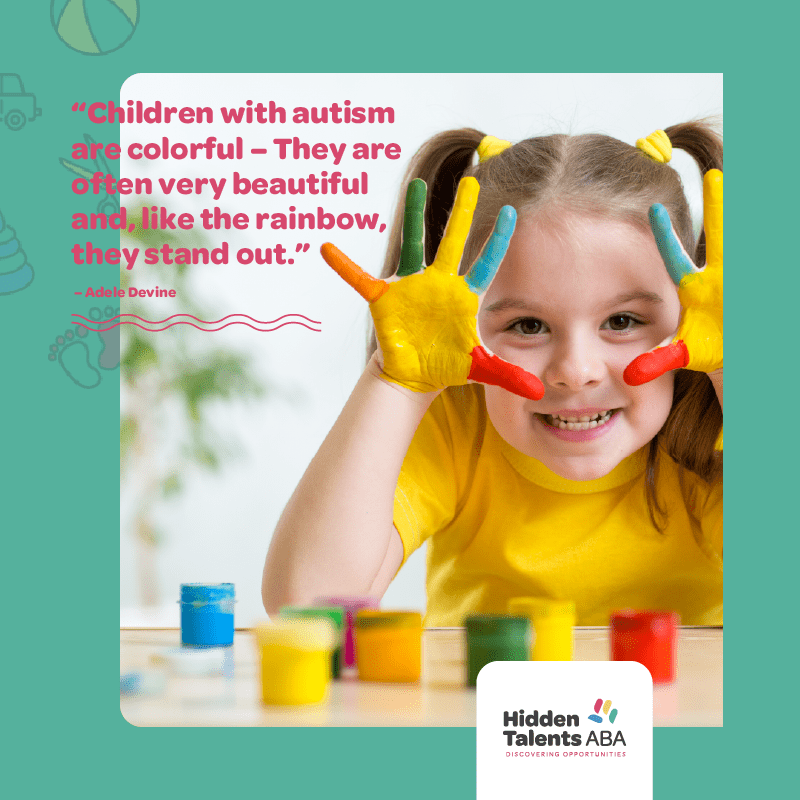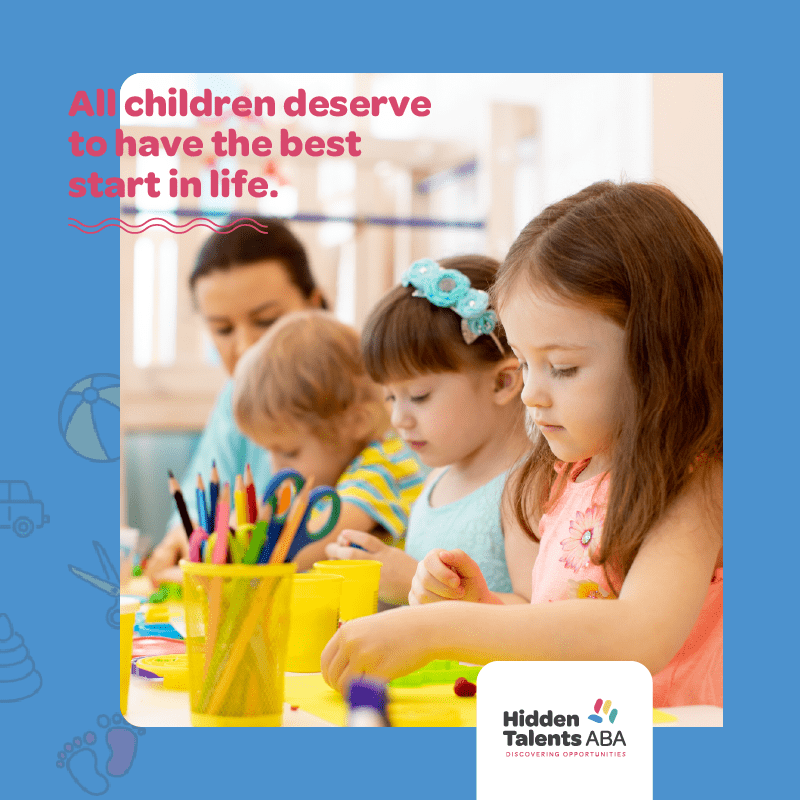We all need sleep. When you fall asleep, your body goes through a restorative process that helps you learn and recover from the experiences of the day. Sleep is particularly important for children, as their brains are rapidly developing in youth. Getting enough sleep is an essential part of maintaining good health.
However, you may have been struggling to get your autistic child to get the sleep that they need. Maybe your child insists on sleeping on the floor, and you don’t understand why they won’t get in bed. Don’t worry, this is not an uncommon problem.
This article will help you understand some of the common sleep issues that autistic children go through and offer you some easy tools that can help your child sleep better.
Sleeping Statistics and Common Sleep Problems Among Autistic Children
It can be estimated that anywhere from 40 to 80% of autistic children have some trouble sleeping at night, according to a large 2019 study and a variety of other studies. Autistic children have a much harder time falling and staying asleep than other children do, and issues like gastrointestinal problems, anxiety, and ADHD can make getting sleep even harder.
What problems can poor sleep exacerbate? Poor sleep is responsible for a number of common discomforts. Insomnia can poorly affect your memory and make communication more difficult—something that can already be challenging for your autistic child.
Children who don’t get enough sleep often display more severe repetitive behaviors than children who do.
Is lack of sleep the cause of health problems? This relationship is actually a bit unclear. Often, health problems and anxiety disorders play a part in preventing a good night’s sleep. However, insomnia can worsen these same issues. The relationship between sleep and health is profound—even if it’s difficult to define exactly when poor sleep is the cause of a health problem or if the health problem is causing poor sleep.
What is clear is that consistent, good sleep helps alleviate personality disorders and illnesses. It won’t “cure” problems like anxiety, depression, ADHD, and other issues that are common in children with autism. But a good night’s sleep has been shown to help autistic children deal with these issues, helping them communicate better while stimming repetitive behavior patterns.
Odd sleeping patterns. Your child may start falling asleep in unusual ways, even sleeping on the floor.
But why does your child want to sleep on the floor, and how can you help your child sleep better?
Why Do Autistic Children Like to Sleep on the Floor?
You want your child to get the sleep that they need, but night after night you face endless challenges that are preventing this. Your child won’t lay in bed, they may constantly get up, and they may end up passing out on the floor. Somehow, they seem to sleep better there than they do on their bed. Why is this?
Sensory Processing Disorder
Many autistic children have sensory sensitivities and may have a sensory processing disorder (SPD). If your child has symptoms of SPD, it may mean that they are far more sensitive to stimuli than most people are not.
These symptoms may include thinking their clothes are too itchy or scratchy, lights are too bright, sounds are always too loud, food textures make them gag, and excessive clumsiness. They may not like touching or holding things, which prevents them from participating in activities.
SPD is currently not an official medical diagnosis, as it often appears alongside other diagnoses like severe anxiety, but that doesn’t mean that your child isn’t suffering from sensory overload.
Many autistic children struggle with sensory overload. SPD is often another aspect of autism that your child is feeling. This can mean at bedtime when you’re trying to tuck your child into their soft blankets, they are actually experiencing something incredibly uncomfortable.
The Bed Conundrum
There is likely nothing physically wrong with your child’s bed in a literal sense. However, to your child, that bed may feel like an itchy prison that’s constantly triggering their sensory overload. It may be that the bed is too soft, too squishy, or not smooth enough.
All of these sensory stimuli can prevent your child from getting the sleep they need, as they can’t overcome the feelings of being overwhelmed.
The Floor Just Feels Better
At night, your child may sleep on the floor because it offers them the comfort that their bed doesn’t. The floor is smooth, cool, and hard, which can be easier for a child with SPD to deal with than a very soft bed.
It may be that your child’s bed gets too warm at night, and so they seek out the coldness of the floor to comfort themselves. Laying on the floor can also help them feel more connected and grounded.
If you’re struggling to get your child to go to sleep, there are some products on the market that can help your child feel more comfortable in their bed.
4 Products to Make Bedtime Smoother
Here are some products you can use to make your bedtime rituals easier.
The DreamPad Products
Companies like DreamPad offer a list of products to help your child fall asleep, from weighted blankets to white noise machines.
These products are designed with children in mind and are made to help relieve anxiety and dysfunctions that are preventing your child from getting the sleep that they need.
Fidget Toys
Your child may need something to do during bedtime to help their mind relax into a restful sleep. Using a pillow, like this one that has texture and small tasks which your child’s mind can focus on, can help them more naturally fall asleep.
Weighted Blankets
Weighted blankets are shown again and again to help anxiety. If your child has severe anxiety that gets worse when it’s time for bed, a weighted blanket can relieve these feelings. A small blanket, like this one made with children like yours in mind, can help your child relax at night before bed.
Bean Bags
Bean bags may be a great solution to a traditional bed at night. There are a wide variety of bean bags available online to suit any need or size.
A bean bag will help your child become accustomed to sleeping on a cushion, while also offering them the emotional and sensory comfort they feel being on the floor.
In Conclusion
Your autistic child may be suffering from myriad issues that are preventing them from getting a good night’s rest. By using some of the products we’ve recommended, you can start helping your child sleep better.

